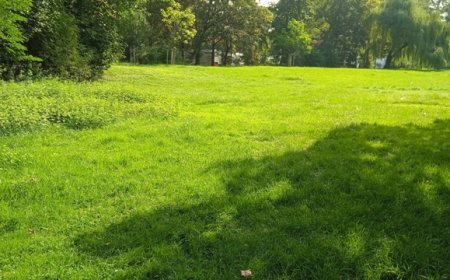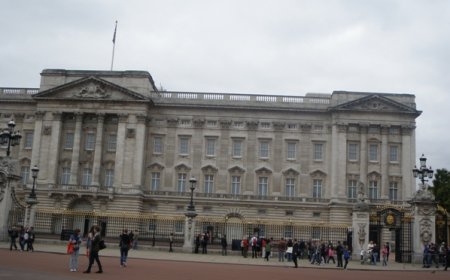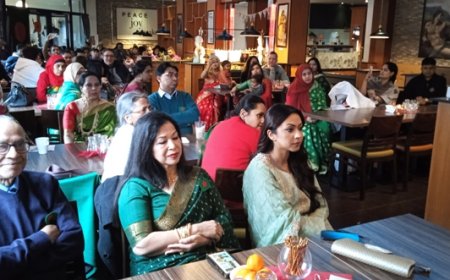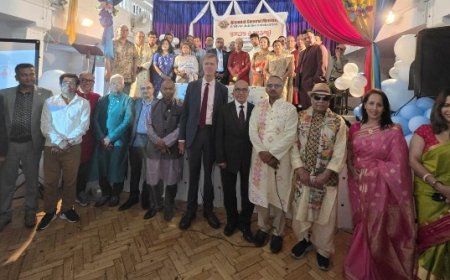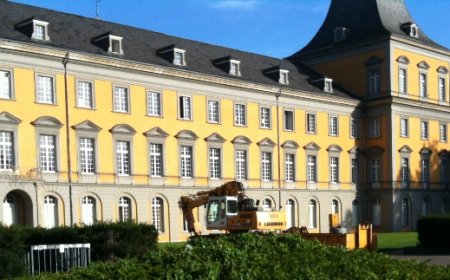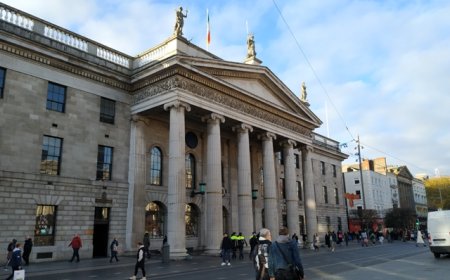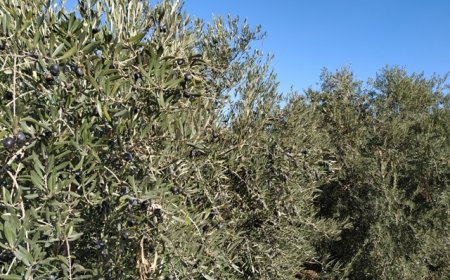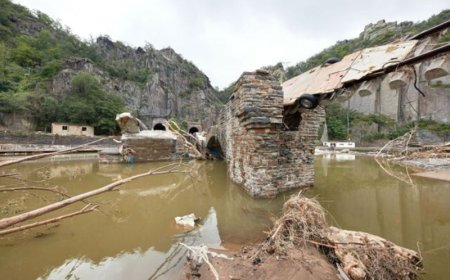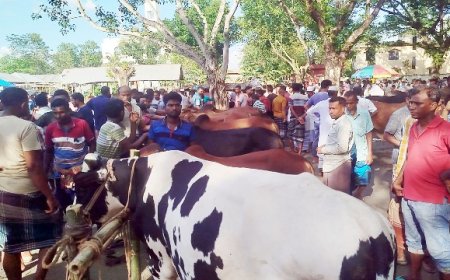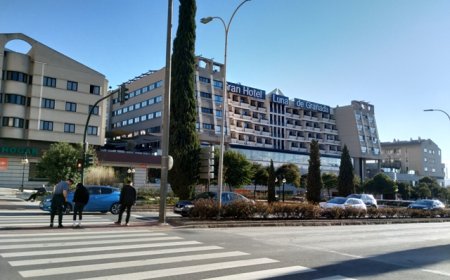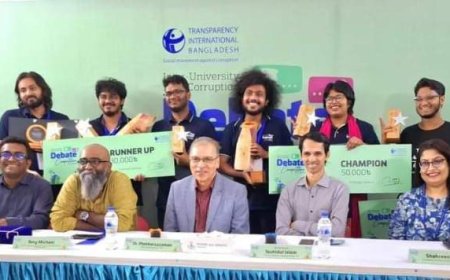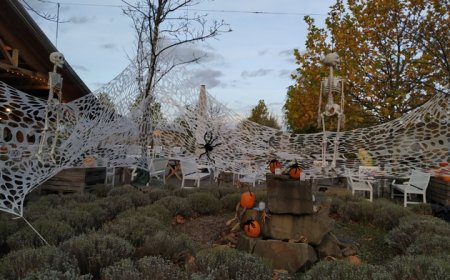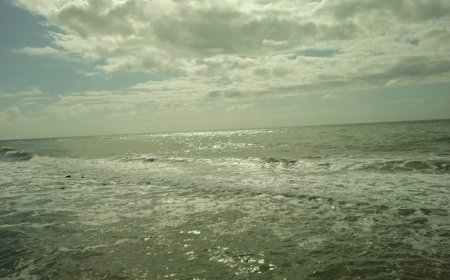Book Review: Sylheter Itihash: British Amol by Faruque Ahmed
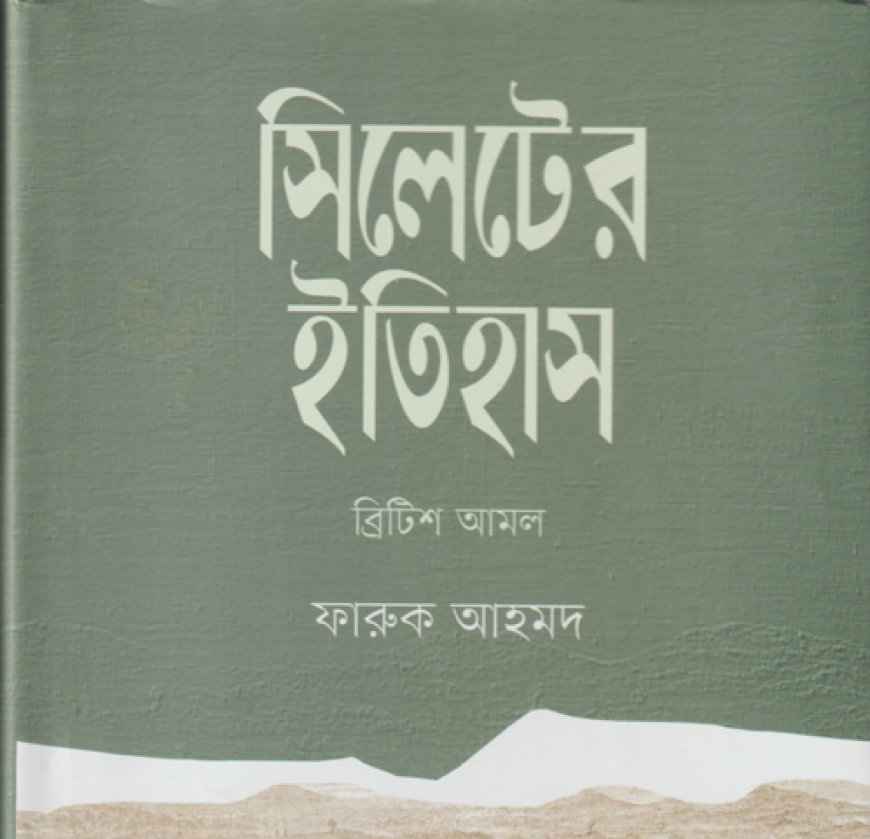
Dr. Ansar Ahmed Ullah
Faruque Ahmed's books mainly research Sylhet during the East India Company’s rule by exploring and examining documents, memoirs, Assam District Gazetteer, Sylhet District Records, Thackeray Directory, Bengal Directory and the Indian Year Book from Sylhet, Dhaka, Calcutta, Delhi, Assam’s Shillong, Guwahati, Kachar, Silchar, etc.
However, he admitted limitations to his research due to the documents text written in imperial, Arabic, Farsi, and English; the ancient Bengali language was difficult to make out.
This book posed a number of questions, including Sylhet’s relationship with Bengal during the British Raj. In 1947, Sylhet returned to its original East Bengal from Assam. However, it was divided and fragmented. The book begins with the history of the East India Company, which was formed in 1600, entering Bengal in 1640 to trade. It also covers the fall of Siraj ud Daulah in 1757.
From 1757 to 1874, Sylhet was a province of Murshidabad or a district of Dhaka. In 1717, during Mughal rule, Murshidkuli Khan, who was in charge of Bengal, divided it into 13 chaklas (provinces), with Sylhet being number 12. By 1767, the East India Company had subdivided Bengal into 24 districts. Sylhet was listed as the 10th district. Larger districts were called provinces. Therefore, East India Company officials would refer to Sylhet as Sylhet Chakla (province) in their correspondence. In 1832, Sylhet was attached to the Dhaka division because of cultural similarities. After 1874, Sylhet was annexed to the newly created Assam province by the British for administrative reasons, despite opposition from the people of Sylhet. At that time, the official languages in Assam were English and Bengali. However, as Assam lacked skilled personnel to manage the administration, Sylhet was removed from Dhaka and incorporated into Assam. There were protest meetings against the decision to attach Sylhet to Assam, arguing that the people of Sylhet shared closer linguistic and cultural ties with Bengal. A memorandum was sent to the government which stated, ‘Assam can claim no similarity to Sylhet, whether … manners, customs, language …people of Sylhet have no interests in common …all her interests and relations are more closely allied and akin to the other permanently settled districts in Bengal.’
The campaign to reunite Sylhet with Bengal continued until 1947. In 1912, at a meeting of the Anjuman-e-Islamia organisation, it was demanded that Sylhet be added to Bengal. In solidarity, at a meeting of the Muslim Association held in Dhaka, similar demands were adopted and sent to Viceroy Lord Harding. In 1913, Assam Province member Kamini Kumar Chand also demanded that Sylhet be returned to Bengal. The same year, the annual Congress session held in Calcutta, members of the Assam Association also raised similar demands. In 1917, when Montague visited India, a delegation of the Bengal Musalman Literary Association and the Bengal Muslim League made similar demands. In December of the same year, the Sylhet Peoples Association sent a petition to India’s Viceroy. In 1918, Kamini Kumar Chand made a similar demand at the Imperial Legislative Council. At the same time, in Sylhet, the Sylhet Bengal Reunion League was formed. In 1919, when poet Rabindranath Tagore visited Sylhet, he composed a poem expressing his dissatisfaction with severing Sylhet from Bengal. In 1924, Brajendra Narayen Chowdhury, elected member from Sunamganj, demanded that Sylhet be returned to Bengal for linguistic reasons at the Third Reform Council meeting. In 1925, elected member Babu Krishna Sundar Das made similar demands but lost by one vote. In 1926, the demands were rejected. In 1928, at a Political Conference, the demand was agreed upon. In the 1932 session, similar demands were rejected. Between 1874 and 1947, Sylhet was part of the Assam province for 73 years. The Assamese were also against Sylhet being part of Assam. They started campaigning against the people of Sylhet in 1850. During 1960-1970, the Bangal Kheda (Get rid of Bengalis) campaign became more militant. As a result, 50,000 Bengalis had to flee and take refuge in West Bengal. 2015 also witnessed anti-Bengali agitation. In 1905, Sylhet was returned to East Bengal and in 1911, it was returned to Assam until 1947, when Sylhet returned to Bengal via a referendum.
The book is divided into 13 chapters, with each chapter divided further, covering the Company’s reign, land and tax, society, administration, judiciary, politics, Assam, elections, political parties, resistance, education, health, migration, and tea plantations. Chapter 1 covers the Company’s rule, Chapter 3 covers land & taxing system, Chapter 3 covers Landed Gentry and Aristocracy, Chapter 4 covers administration, Chapter 5 covers judiciary and Chapter 6 to 8 politics, Chapter 9 rebelling against the Brits, Chapter 10 education, Chapter 11 health, Chapter 12 migration to the UK (which the diaspora community will find interesting), and finally chapter 13 covers tea industry, communications, transport and iconic Keane Bridge amongst others. . It has 31 historical images.
The author provides a literature review of books written on the history of Sylhet, covering Moulvi Mahammed Ahmed’s Sreehatta Darpan (1886), Mohon Dasgupta’s Sreehatter Itihas (1903), Achyutcharan Choudhury’s Sreehatter Itibritta (1910-1917), to recent books by Abdul Aziz and others, edited by Brihattar Syleter Itihas (1997 & 2006), Sharif Uddin Ahmed's edited Itihas o Oitijjo (1999) and Mostafa Kamal’s British Birodi Andole Srihatta (2010).
Some interesting facts are presented in the book, for example, in 1780, Robert Lindsey, who was Sylhet’s Collector for twelve years, established a shipyard for ocean-faring vessels. He had built 22 small and large ships. Locals were recruited to work in the shipyard as well as on the ships, which provides one of the clues to the large number of lascars that came from Sylhet. You also get a picture of Sylhet, what it looked like, especially from a sketch made in 1850. During the Company rule, there is a description of houses being built of bricks and mortar, prisons, police barracks, the judiciary and the beginning of Sylhet Municipality, which is now Sylhet City Corporation. Faruque Ahmed also discusses the origin of the Chowdhury title, money used, education (information about schools including Aided High School, the school I attended), health system (including Sylhet Medical College where I watched rock guru Azam Khan perform in jeans and long hair), tea plantations, the iconic Keane Bridge, protest against British rule to Syed Ullah’s arrival from Sylhet to the UK in 1809. Though there is a record, the first from Sylhet to arrive in the UK may have been in 1790.
The appendices are a wonderful resource of lists covering all the Municipal Chairmen of Sylhet from 1884 to 1947, when British rule came to an end, the Zamindars list, Members of Bengal Assam Legislative Council, a timeline and a bibliography for references.
Published in 2025 by The University Press Limited. Priced at $60. Cover design by Kazi Jubair Mahmud, and good use of an image of Sylhet from 1850. Hardback Pages 581.
What's Your Reaction?







